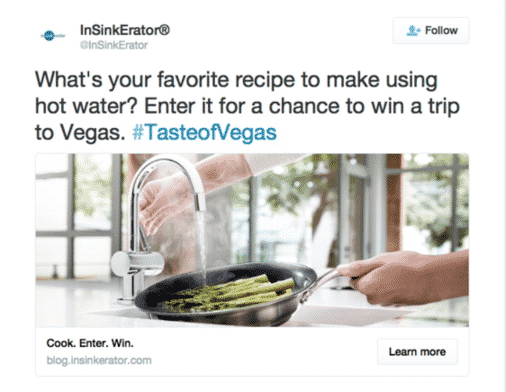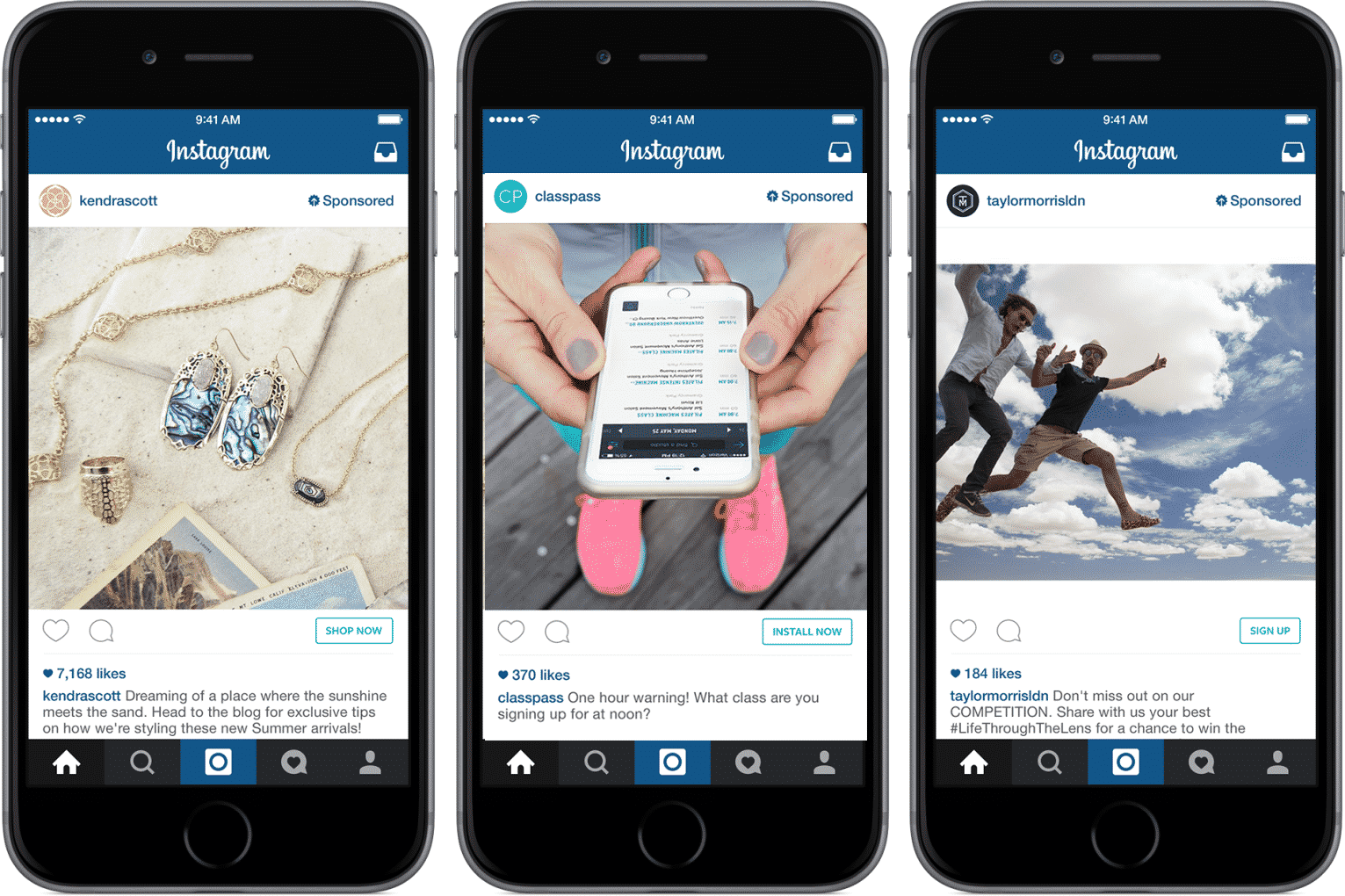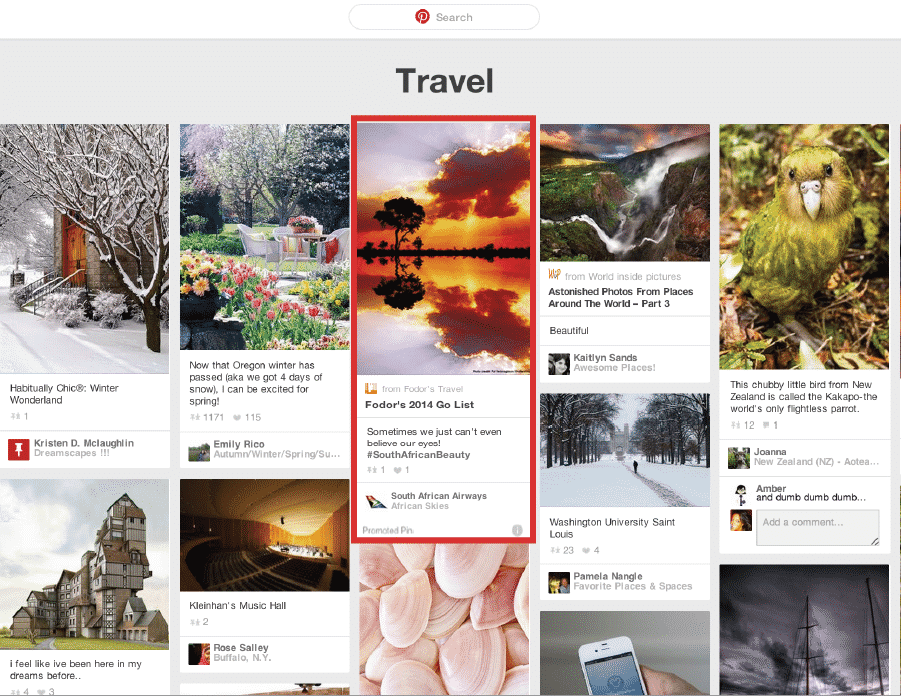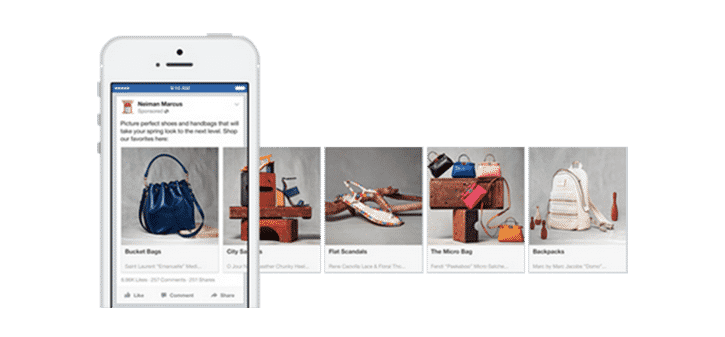There’s a whole lot more you can do with social media then posting baby updates. Driving traffic to a website and increasing clicks is one of those many things businesses can utilize social media for.
Generate traffic and conversions on platforms that your demographic is actually on, and is on for around 2 hours out of the day. That’s 5 years and 4 months spent over a lifetime of an average person using social media.
With millions of people using social media, and so often, it only makes sense to capitalize on social media PPC to boost traffic and clicks for your business.
What is Social PPC?
Social PPC is an advertisement on a social media network like Facebook, Instagram, LinkedIn, Pinterest, Twitter, YouTube, Snapchat, etc., that bids based on CPC or CPM. Clicks are counted individually with a price (CPC) assigned to each click.
These types of ads drive users from a social media site to click outside of the social media site and land on a website, landing page, app install, etc. This type of PPC campaign is quite different from the standard PPC campaign SEM’s are familiar with.
Here’s a few of their differences:
- Social Media is For Fun: Users don’t go to social media networks like Pinterest to be sold. They go for fun and entertainment, and then are sometimes sold through PPC and conversion campaigns.
- Social Media Has a Low CPC: Ads on social media networks are generally cheaper than Adwords, and can be as cheap as a penny a click on Facebook.
- PPC Has Intent: The biggest obstacle with social PPC is that people go to search engines to look for something, for a solution, and for an answer – not to social media. The user process and conversion rate is generally stronger with a PPC ad on a search engine than on a social media setting because the user is looking for a solution with search engines, whereas social media is more for entertainment.
- PPC Has a Higher CPC: Advertisers can go through ad spend very quickly on Adwords due to higher CPC and competition, where on social media it is a much lower cost per click and can receive twice as many clicks for the same budget.
The Misconceptions of Social PPC
There’s a few misconceptions when it comes to using social media for anything SEO-related, especially as a traffic driver. Let’s squash those myths before we get into the boosting tips.
- You Have to Do it All: Most businesses think if you’re going to be on social and do advertising, you have to do it on all of the networks. That couldn’t be further from the truth. You only want to advertise on the social media networks that you’re demographic is on.
- My Demographic Isn’t Using Social Media: I’d bet my bottom dollar your demographic is. That’s the beauty of multiple social media networks – there is something for everyone.
- Adwords is The Only Way. Just because you run PPC campaigns with Adwords doesn’t mean you can’t run ads on Facebook and LinkedIn, too. Reach your audience where they are.
Tips to Boost Your Traffic From Social Media
Each social media network is unique, and should be treated as such. Users respond and engage differently on Twitter than they do on Pinterest, just as LinkedIn has a unique audience compared to Facebook’s broad audience.
Just as your business is unique, your messaging on social networks needs to match it’s audience and the social platform. Below are tips for some of the most popular social media networks businesses use to boost traffic to their website with.
Twitter:
- Express a Sense of Urgency: Emphasize a timeline, that supply is limited – “sign up now”, “for a limited time”, “act now” “low stock”, etc.”
- Say if Something is FREE: If something is free, and it isn’t going to devalue your brand, say it’s free!
- Don’t Be Afraid to be Direct: You’re limited on characters. Don’t be afraid to be a little demanding. Make it very clear what you want a user to do and how they can act on the ad.
- Use Relevant Hashtags: Hashtags are great, especially on Twitter, but don’t fill a Twitter Ad with hashtags – it’s not the right place and will distract users from actually clicking.
Instagram:
- Define Your Targeting: You’re using Facebook’s advanced demographic info here, so utilize it and create targeted ads.
- Use Call to Action Buttons: Users can’t just click on a URL in the post caption and be directed to a landing page. Utilize buttons for your CTA.
- Be Creative: Instagram is for creatives. It’s image-based and is a place for creative minds to enjoy. Don’t look like a stock photo in a sea of artistic photos. Try carousels, videos, etc.
- Use Faces in Image Posts: Images that contain faces get 38% more likes than other types of content.
Pinterest:
- Add Keywords to Descriptions: To see more volume in search, add a minimum of 20-30 keywords per ad group.
- Use Vertical Images: Design your images vertically, versus horizontally to stand out in the Pinterest feed.
- Reach a Relatable Target Audience With Ads: Include related interests to reach Pinners who might be interested. For instance, if you are promoting kid-friendly snacks, try targeting people who are interested in “parenting” or “kids”.
Facebook:
- Try Using Multiple Objectives: Test multiple types of ad objectives until you find the highest converting ad type at the lowest CPC.
- Map Out the User Journey: When users see your ad, what action do they need to make, where do they go next if they click on the ad? Think this entire process through, and test the user journey.
- Use Videos in Posts and Ads: Don’t just use images and carousels. Test video content for the maximum amount of exposure and engagement.
- Target by Location: Be very specific on the location, whether it’s people living in, currently at, or recently in specific locations.
How to Make a Successful PPC Ad on Social Media
Define What You Want to Accomplish
What do you want to accomplish with a social media ad? Is it just clicks for traffic or do you also want to convert, increase awareness, sales, new leads, etc.? Define the end goal before beginning to create a social media PPC campaign.
Chose Which Social Networks Make Sense For Your Audience
The local insurance agent is going to have a different audience from Nike. Nike’s fans are going to be using just about every social media network, whereas the local insurance agent will have the best luck targeting their demographic on Facebook. Don’t spread yourself too thin by trying to have campaigns on every single social media network. Increase clicks on social media networks that your specific demographic is using.
Define a Test Budget
Create a test budget that you’re comfortable with testing ads for 3 to 6 months with. A “test budget” means you don’t fire the advertiser or run for the hills if you don’t get as many clicks or conversions as you wanted. It means a budget that you’re 100% comfortable with losing in order to gather data about engagement, ad copy, creative, and targeting. Plus, room for A/B testing.
Think Like a Consumer
What does it take for you to click on an ad? Use your own behavior patterns to teach yourself what people respond to best. Create an social media posts and PPC ads that speak directly to consumers and allows them to have an emotional connection: motivation, happiness, concern, curiosity, entertainment, sadness, etc.
Ready to start boosting traffic to your website using social media? Comment below with how your social PPC ads are performing!







